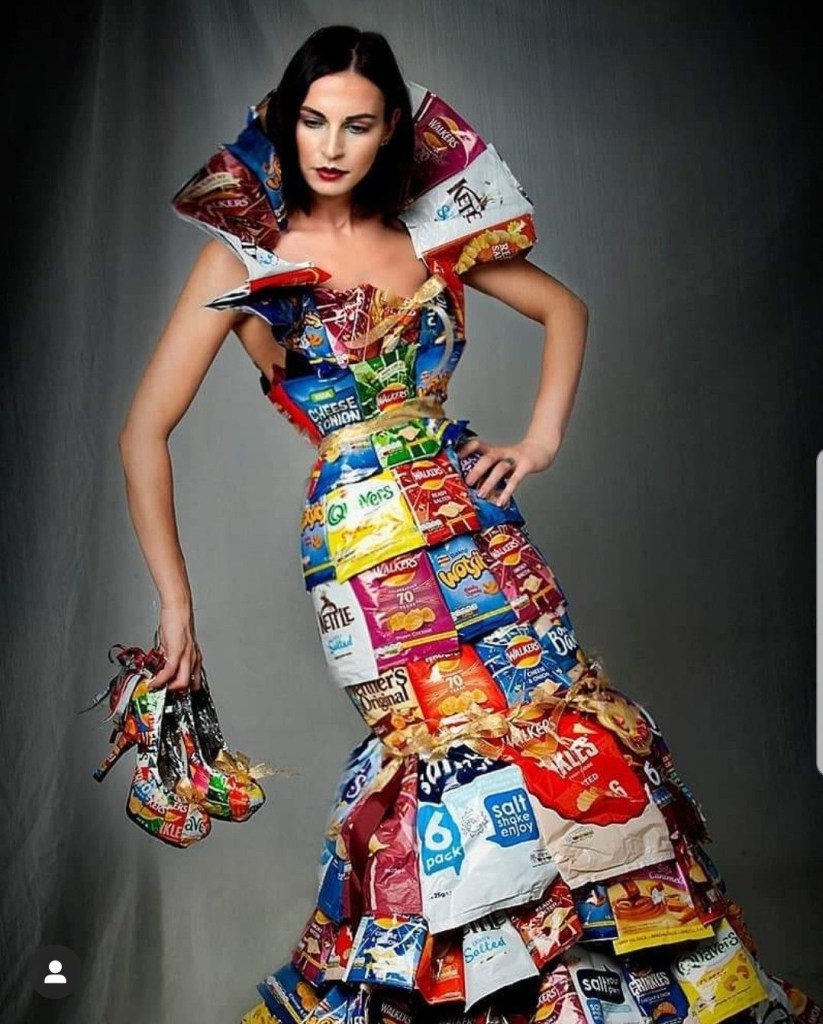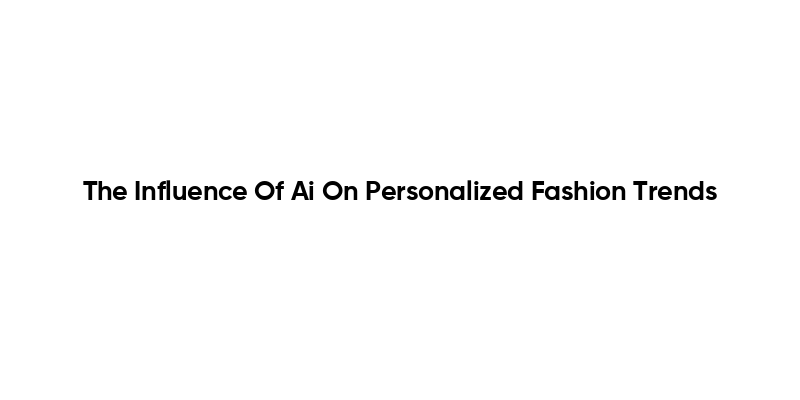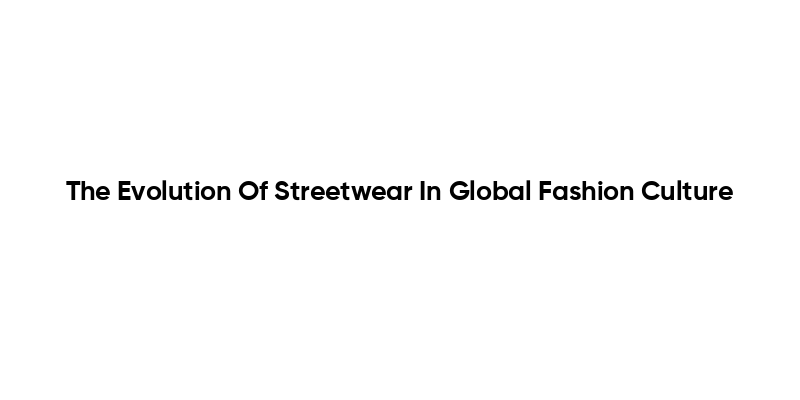Upcycling fashion is revolutionizing the way we perceive and practice style, challenging the harmful ‘wear-once’ mentality that plagues today’s fast-fashion landscape. By transforming discarded textiles and outdated garments into stunning new pieces, this innovative approach champions sustainable fashion and eco-friendly clothing as a viable alternative to the conventional industry practices. In an era where the fashion revolution is gaining momentum, upcycled clothing emerges as a powerful statement against wastefulness, encouraging us to repair and recycle instead of toss away. With brands leading the charge, upcycling opens up exciting possibilities, minimizing environmental impact while maximizing creativity. As we embrace this trend, we not only reimagine our wardrobes but also contribute to a more sustainable future for fashion.
The movement for fashion sustainability is gaining traction as designers and consumers alike seek alternatives to traditional clothing consumption. This shift is often referred to as textile repurposing or creative recycling, which highlights the importance of reusing existing materials to create eye-catching designs. From revamping old garments to crafting unique pieces from thrifted finds, the essence of this trend lies in promoting eco-conscious choices that benefit both the planet and our personal style. Furthermore, this collaborative effort among designers and communities fosters a more thoughtful approach to the industry, emphasizing the significance of circular fashion and reducing the ecological footprint of clothing production. As the conversation surrounding mindful dressing continues to expand, the possibilities for innovative designs and sustainable practices are limitless.
The Rise of Upcycling Fashion in the Modern Era
Upcycling fashion is rapidly gaining traction as a response to the overwhelming challenges posed by fast fashion. As consumers become more aware of the environmental impacts of their clothing choices, many are turning to upcycled clothing as a sustainable alternative. This innovative approach not only breathes new life into discarded garments but also promotes the ideology of repair and recycle, helping to reduce waste in an industry that is a significant contributor to pollution. Notably, brands such as Ahluwalia and Marine Serre exemplify how upcycling can merge sustainability with high fashion, creating unique, stylish pieces that resonate with eco-conscious consumers.
Moreover, the idea of upcycling fashion fosters a culture of creativity and personal expression. By transforming old clothing or materials into new designs, individuals can showcase their unique style while participating in the fashion revolution aimed at combating overconsumption. As the trend grows, more local communities are organizing workshops and events that focus on skills like mending and altering garments. This grassroots movement not only empowers individuals to take control of their wardrobe but also builds a sense of community among those who are passionate about sustainable fashion.
Embracing the Fashion Revolution: Repair and Recycle
The concept of repair and recycle is central to the ongoing fashion revolution that challenges the throwaway culture predominant in today’s society. As seen with the activities of organizations like Fashion Revolution, repairing clothing is not merely a practical solution; it is a form of resistance against the fast fashion industry. By participating in local mending workshops, individuals not only learn valuable skills but also cultivate an understanding of the true value of clothing. This shift from a ‘wear once’ mentality to one that appreciates the lifecycle of garments is crucial for promoting eco-friendly clothing practices.
Repair and recycle initiatives are transforming the relationship people have with their wardrobes. Many consumers are discovering that mending a favorite piece of clothing is not only fulfilling but significantly reduces waste. With this increased awareness, there’s a burgeoning movement that encourages individuals to opt for quality over quantity, as they begin to value craftsmanship and sustainable practices. As more designers incorporate upcycled materials into their collections, the line between sustainability and fashion continues to blur, fostering a new appreciation for eco-friendly clothing in luxury markets.
The Role of Local Communities in Sustainable Fashion
Local communities play a crucial role in the sustainable fashion movement by fostering awareness and action towards eco-friendly practices like upcycling. Events such as Mend in Public Day illustrate how collective efforts can inspire individuals to engage with sustainability in impactful ways. By creating spaces where people can come together to learn about repairing their clothing, communities are encouraging a shift away from mindless consumption to thoughtful and intentional wardrobe choices. This local focus empowers individuals to take responsibility for their clothing, reducing the demand for fast fashion.
Additionally, independent brands and small businesses are leading the charge in sustainable fashion by promoting upcycling within their communities. Brands like Pikol Clothing and World Secrets not only offer stylish, unique products but also allow consumers to understand the origin and journey of their garments. These enterprises are proving that sustainable fashion can be trendy, and by supporting local artisans and designers, communities can contribute to a fashion economy that prioritizes ethical practices. The rise of such models illustrates the fantastic potential for localized, community-driven solutions to combat the environmental challenges posed by the fashion industry.
Transforming Waste into Fashion Statements
Transforming waste into fashion statements is at the heart of the upcycling movement. Designers and brands are finding innovative ways to take discarded materials and turn them into chic, fashionable pieces that resonate with consumers. This practice not only invigorates old fabrics and clothing but also aligns with a growing demand for eco-friendly clothing options in a world increasingly aware of its environmental footprint. As the trend continues to grow, the stigma surrounding upcycled clothing as being inferior or unattractive is being challenged, demonstrating that sustainability can indeed be stylish.
Furthermore, by showcasing garments made from upcycled materials, fashion designers are highlighting the potential for creativity in tackling waste problems. Consumers are being encouraged to see clothing differently — not just as items meant to be worn a few times but as potential treasures waiting to be reimagined. Events and campaigns that focus on showcasing upcycled collections help change perceptions and promote a culture where sustainable fashion is seen as desirable and fashionable. This shift is vital in redefining our relationship with clothing and fostering a more sustainable future for the fashion industry.
Innovative Technologies in Upcycling Fashion
Innovative technologies are paving the way for the future of upcycling fashion, making it easier for both consumers and designers to engage with sustainable practices. Platforms like Loom exemplify how technology can facilitate the process of repairing and repurposing clothing. By connecting users with designers who specialize in visible mending and creative redesign, these apps are not just promoting a sustainable fashion culture but also making it accessible to a broader audience. This technological advancement allows individuals to embrace the values of repair and recycle from the convenience of their homes.
Moreover, the integration of technology into upcycling practices helps bridge the gap between consumers and sustainable fashion solutions. It enables brands to share their stories of how materials are sourced and upcycled, providing transparency that consumers increasingly demand. As advancements in technology continue to evolve, they offer innovative ways for the fashion industry to address the substantial waste problems it faces. By investing in new methods and tools, the industry can foster a more responsible and sustainable approach to fashion, encouraging consumers to support eco-friendly clothing initiatives.
Upcycled Clothing as a Statement of Identity
For many, upcycled clothing has evolved into a powerful statement of identity and values. Wearing upcycled pieces allows individuals to express their commitment to sustainable fashion while standing out from the mass-produced trends offered by fast fashion brands. As the conversation around eco-friendly clothing grows, consumers are increasingly seeking ways to showcase their personality and individual style through one-of-a-kind items that not only look exceptional but also have a story to tell. This personalized approach to fashion aligns with the broader cultural shift toward authenticity and individuality.
In addition, the allure of upcycled clothing is that it promotes a deeper connection between the wearer and their wardrobe. Each piece carries unique traits, history, and craftsmanship that mass-manufactured clothing cannot replicate. Owning and wearing these garments encourages conversations about sustainability and ethical fashion, allowing wearers to advocate for change in their communities. This highlights the transformative power of clothing, as upcycled fashion turns the act of dressing into a dialogue about personal values and sustainable living, reinforcing the impact of fashion as a reflection of one’s identity.
The Environmental Impact of Fast Fashion
The environmental impact of fast fashion cannot be overstated, as this industry contributes significantly to pollution and waste. With its ‘wear once’ mentality, fast fashion is responsible for massive amounts of clothing ending up in landfills, leading to dire consequences for our planet. In fact, the fashion industry accounts for 10% of global carbon emissions, showcasing the urgent need for a paradigm shift towards more sustainable practices. Upcycled clothing presents a viable solution to this crisis, encouraging consumers to recycle and repair rather than dispose of items recklessly.
As society becomes more cognizant of the detrimental effects of the fashion industry, movements advocating for sustainable fashion are burgeoning. Upcycling initiatives provide a tangible and impactful method for reducing waste and advocate for a more circular economy in fashion. By highlighting the environmental cost of fast fashion through upcycling projects, organizations such as Fashion Revolution are educating the public on the importance of making conscientious choices about what they wear. By putting the spotlight on these issues, the conversation around sustainable fashion continues to gain momentum, urging both consumers and brands to embrace eco-friendly clothing alternatives.
Building a Community Around Sustainable Fashion
Building a community around sustainable fashion fosters a collective effort in combating the environmental challenges posed by clothing waste. Local initiatives such as sewing circles, upcycling workshops, and community markets create spaces where individuals can share ideas, resources, and skills related to sustainable practices. This environment nurtures collaboration and encourages participants to think creatively about how they can repurpose or revamp their clothing. As these communities grow, they become hubs for innovation and activism in the fashion space, driving forward the mission of eco-friendly clothing accessibility.
Additionally, fostering community ties around sustainable fashion helps break down barriers to entry for those looking to adopt more eco-conscious habits. By offering workshops and educational resources, community groups promote understanding and encourage individuals to engage in practices like mending and upcycling. As more people join this movement and share their journeys, the cultural narrative surrounding fashion begins to evolve. The upcycling movement becomes not just about clothing, but about a larger commitment to sustainability and responsible living, thereby creating a lasting impact on society.
Conclusion: The Future of Upcycling Fashion
The future of upcycling fashion holds immense potential as more consumers become aware of the environmental and social implications of their clothing choices. By embracing the values of sustainability, creativity, and individuality, upcycling is not just a trend but a necessary evolution within the fashion landscape. As communities rally around sustainable practices and innovative technologies emerge, upcycling fashion is positioned to redefine how we view and engage with the industry.
Through collective action, education, and a commitment to repair and recycle, the movement toward upcycled clothing can transform the way fashion is produced and consumed. The call for a fashion revolution is stronger than ever, and as individuals embrace their power in making conscious choices, we can forge a future where sustainable fashion is the norm rather than the exception.
Frequently Asked Questions
What is upcycling fashion and why is it important for sustainability?
Upcycling fashion refers to the process of repurposing old or discarded clothing and materials into new garments or products. This eco-friendly approach is significant for sustainability as it reduces waste, conserves resources, and minimizes the carbon footprint of the fashion industry, making it a vital component in the movement towards sustainable fashion.
How can I participate in upcycling fashion initiatives?
You can engage in upcycling fashion by joining local community programs, such as Fashion Revolution’s Mend in Public Day, which offers classes on mending and transforming clothing. Additionally, you can utilize platforms like Loom to connect with designers who specialize in upcycling, repair, and recycling garments.
What are some examples of upcycled clothing in the fashion industry?
Examples of upcycled clothing include unique pieces created by brands like Ahluwalia and Marine Serre, which use deadstock fabrics and repurposed materials. Smaller brands also contribute by producing items like clogs from antique kilim rugs and shirts from vintage tablecloths, showcasing the creativity and potential of upcycling fashion.
How does upcycling fashion contribute to reducing pollution?
By reusing existing materials and garments, upcycling fashion significantly reduces pollution associated with producing new textiles. Each upcycled piece decreases the demand for fast fashion, which is a major polluter, contributing to the fashion industry’s carbon emissions and overall environmental impact.
What skills do I need to start my own upcycling fashion projects?
To start your own upcycling fashion projects, basic sewing skills are essential for repairing or transforming garments. Familiarity with creative design and an understanding of textile properties will also help you effectively repurpose clothing and materials into fashionable items.
Are there any popular upcycling fashion events?
Yes, engaging events like Fashion Revolution’s Mend in Public Day promote community involvement in upcycling fashion. These events offer workshops where participants learn to repair and upcycle their clothing, fostering a culture of sustainability and creativity within the fashion community.
How can I shop for upcycled clothing?
You can shop for upcycled clothing by exploring online marketplaces, sustainable fashion stores, and local boutiques that focus on eco-friendly clothing. Look for brands that clearly advertise their commitment to upcycling and sustainable practices to ensure you’re making responsible fashion choices.
What impact does upcycling fashion have on consumer habits?
Upcycling fashion encourages a shift in consumer habits away from the ‘wear once, toss’ mentality towards valuing quality and sustainability. This change promotes mindfulness in purchasing decisions and fosters a culture of repair and creativity instead of disposable fashion.
| Key Points | Details |
|---|---|
| Wear-Once Mentality | Fashion is criticized for promoting a ‘wear once’ approach, contributing to pollution. |
| Historical Context | References the 1942 ‘Make Do and Mend’ initiative during WWII aimed at conserving resources. |
| Environmental Impact | Fashion contributes to 10% of global carbon emissions and is the second most polluting industry. |
| Upcycling Movement | Fashion Revolution encourages repurposing clothes as a way to combat overconsumption. |
| Examples of Upcycling | Designers are creating fashion items from pre-existing materials, proving upcycling can be stylish. |
| Technology in Upcycling | New apps like Loom connect users with designers for mending and redesigning garments. |
Summary
Upcycling fashion represents a revolutionary step towards a more sustainable future. In a time where fast fashion dominates, the trend of upcycling encourages innovative solutions to resource conservation and waste reduction. By reimagining unwanted garments and materials, not only do we diminish environmental impact, but we also showcase creativity and individuality in our wardrobe choices. This movement offers an optimistic outlook for fashion sustainability.



